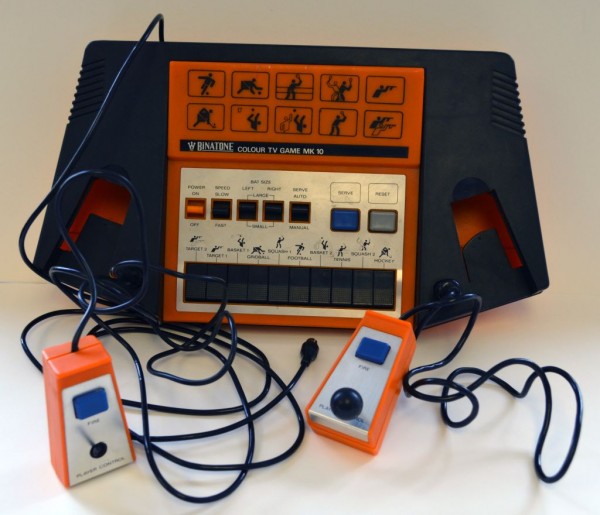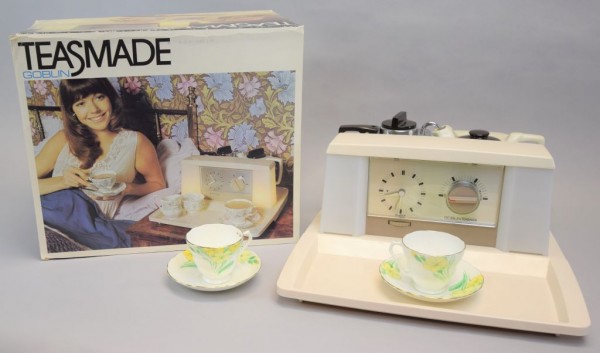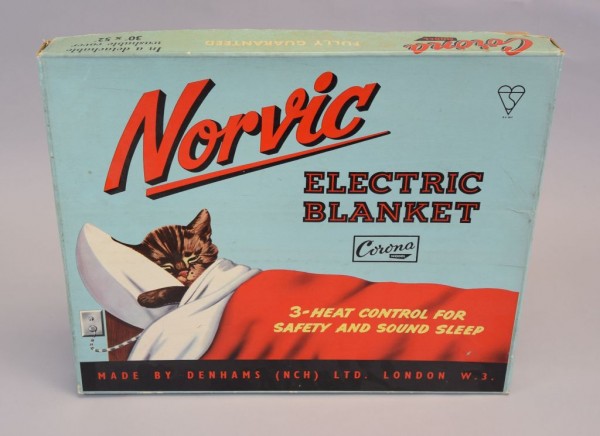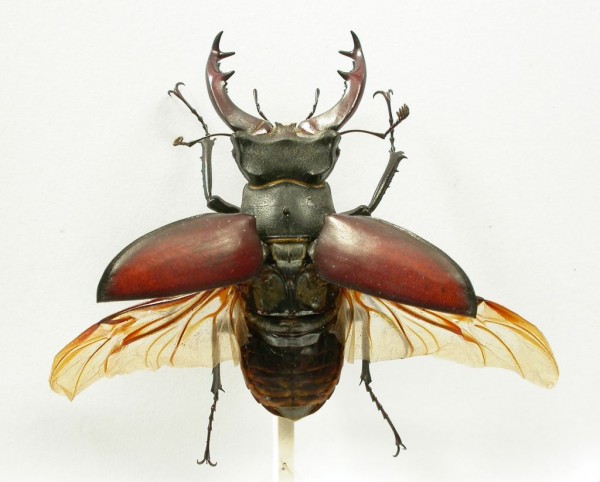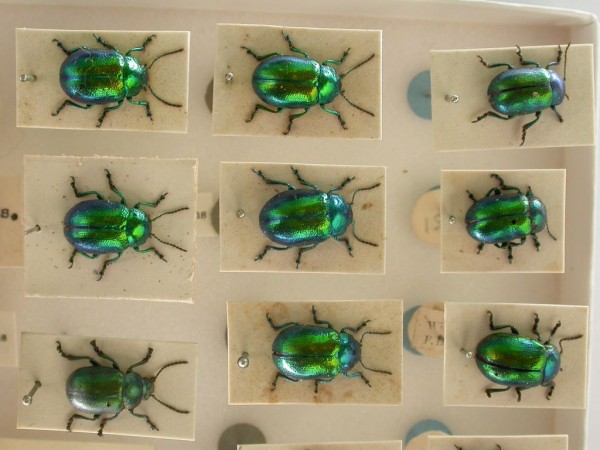Gallery
Explore some highlights of our collections in pictures.
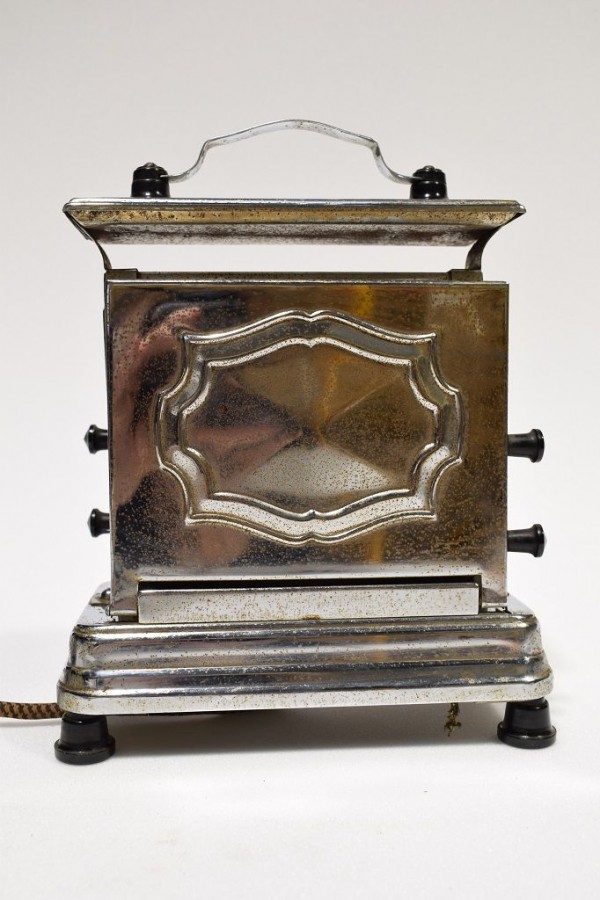
Labour Saving and Entertaining: Premier Chrome Toaster, 1930's
An early electric toaster. It did not have the pop-up function that we are used today, instead you had to open the front flap and turn the bread to toast the other side. Although this may not have made making breakfast any easier, its relatively small and portable size made it a useful addition to some kitchens.

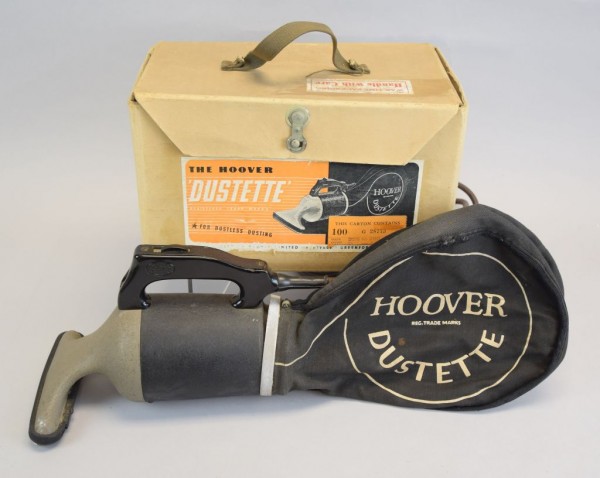
Labour Saving and Entertaining: Hoover Dustette, Model 100 in its original cardboard box, 1940s.
The Hoover Dustette was launched in the UK in 1930 to complement the larger machines designed for cleaning carpets and floors. Designed and marketed as a handheld 'duster' for cleaning upholstery. It was expensive at £4.19.6d - the equivalent of £216 in modern currency - as were the larger models, so vacuum cleaners remained a luxury item until after the Second World War. The box has a white paper label printed in red 'War Time Packaging, handle with care'.

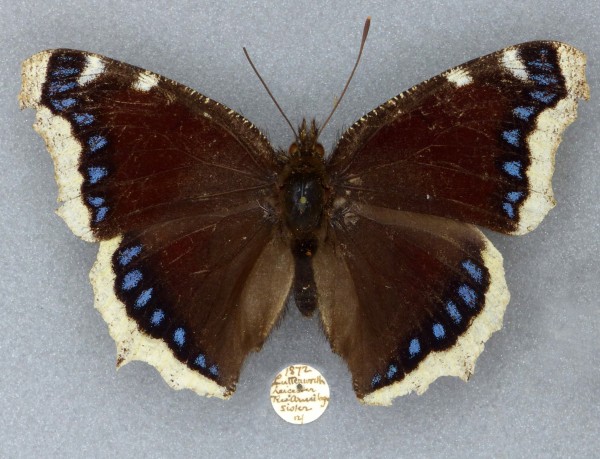
Local Wildlife: The Camberwell Beauty butterfly is a rare migrant visitor to this country and there are two specimens in the Museums reference collection. One of them is intriguingly labelled “1872 Lutterworth Leicester Rev. Armitage sister 12/”. The label itself is impressive, being only 6mm in diameter, with the handwriting being less than 1mm high. One of our volunteers researched the family's history in the area and has found that Caroline Hope (nee Armitage) seems to be the most likely to have caught the Camberwell Beauty in Lutterworth for her entomologist brother George.

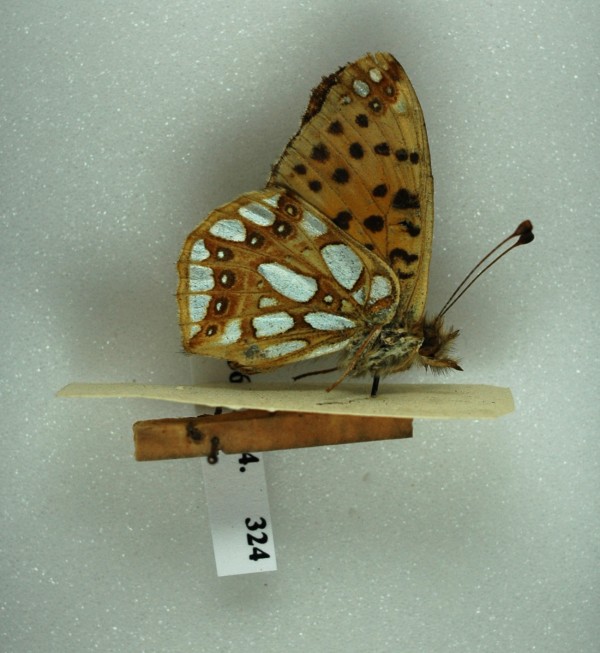
Local Wildlife: This specimen is a Queen of Spain Fritillary from the butterfly and moth collection of Mr Arthur James Ponchaud which was donated to Leicestershire Museums. But this butterfly has an amazing story to tell.
It was collected during August 1917 at Viller Faucon in the region of Picardy on the Somme, in France. At the time Viller Faucon was under German occupation. The locality, the date and Arthur’s full name are the clues from the label, but we have to imagine the full story. Did Arthur collect the butterfly when the allies captured Viller Faucon? Could such a beautiful butterfly have witnessed the horrors of World War One?


